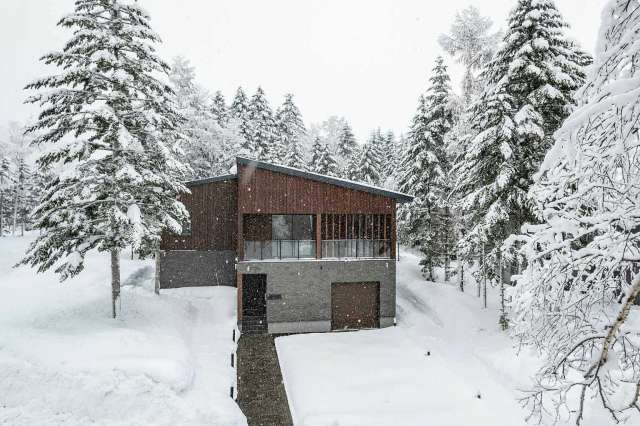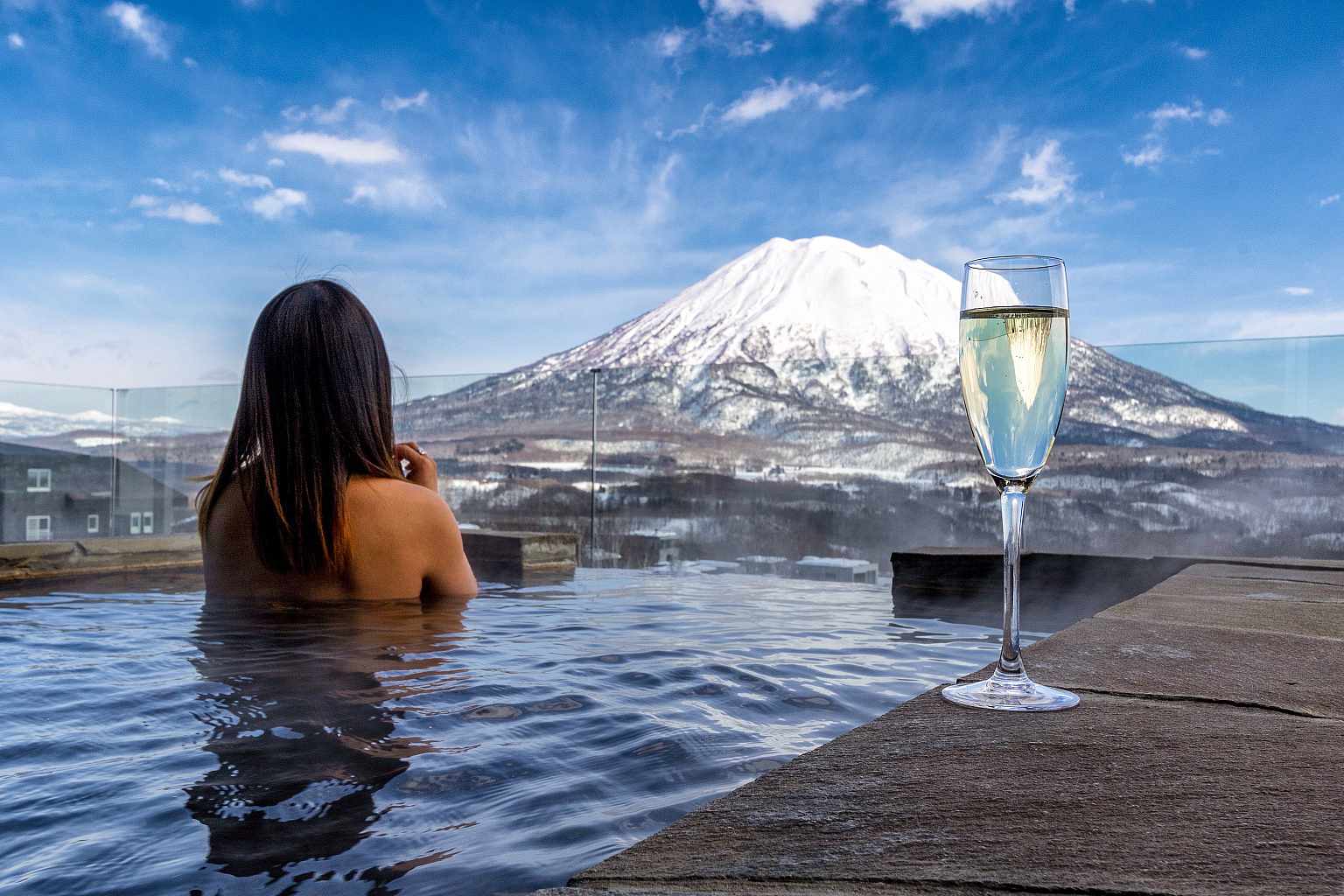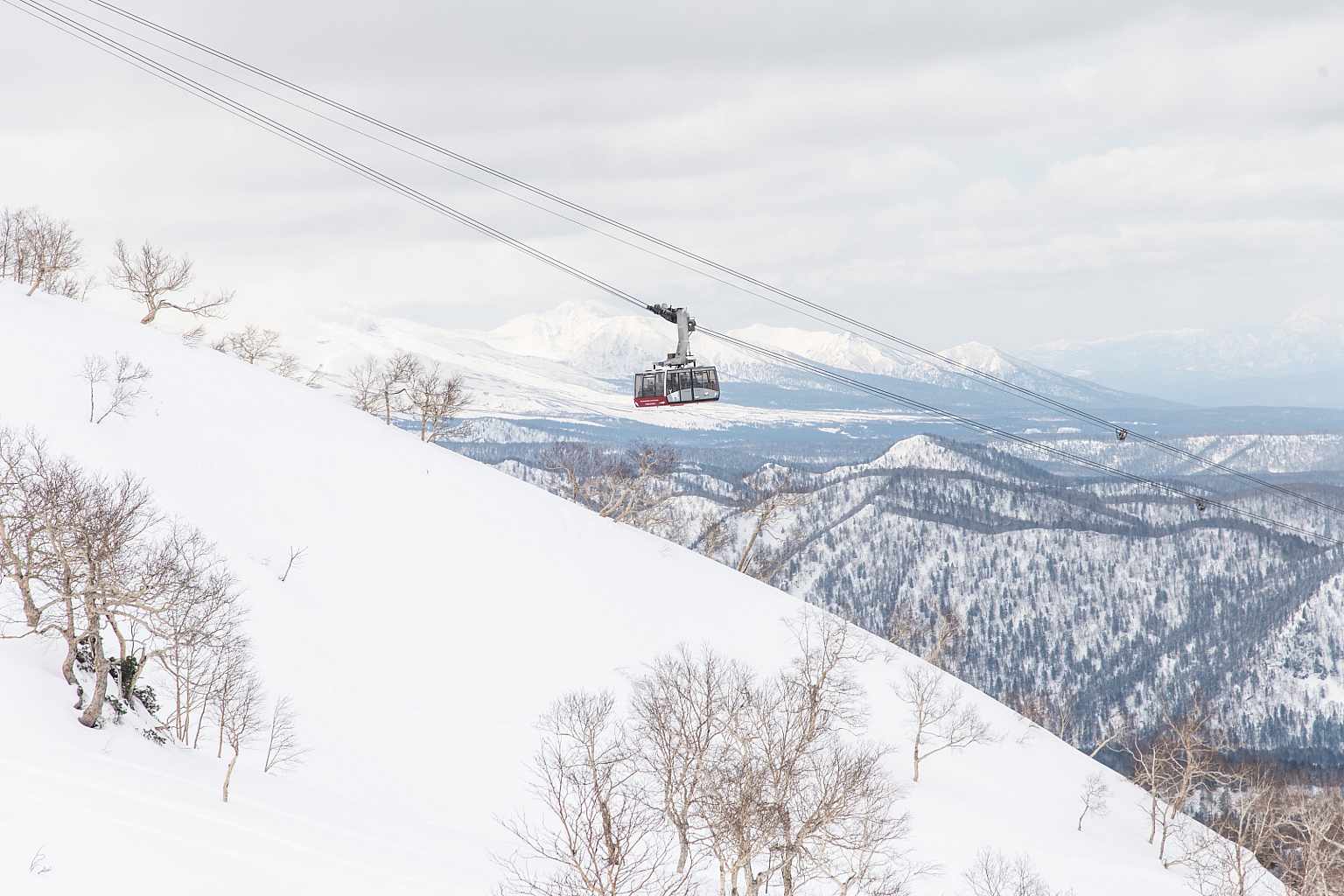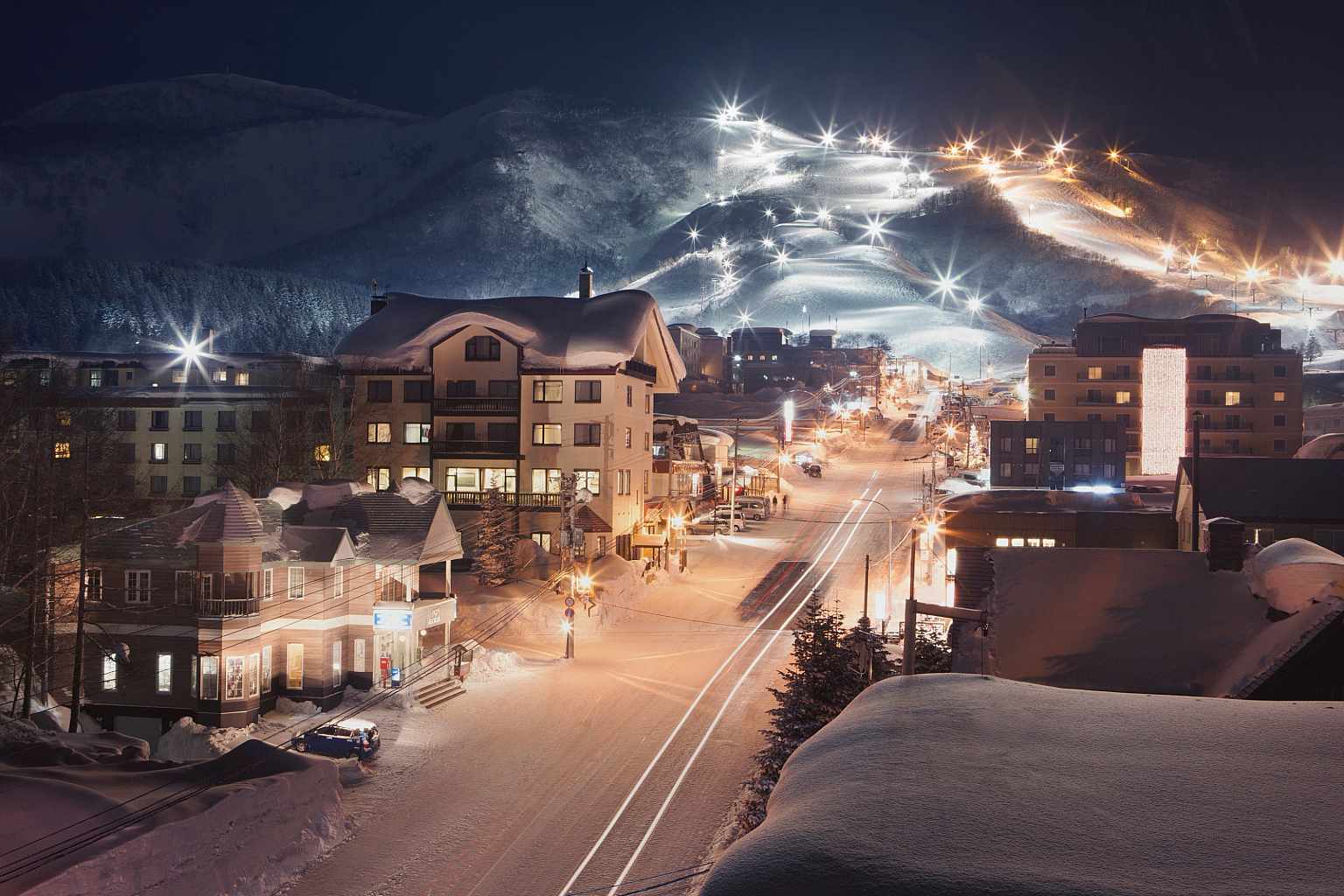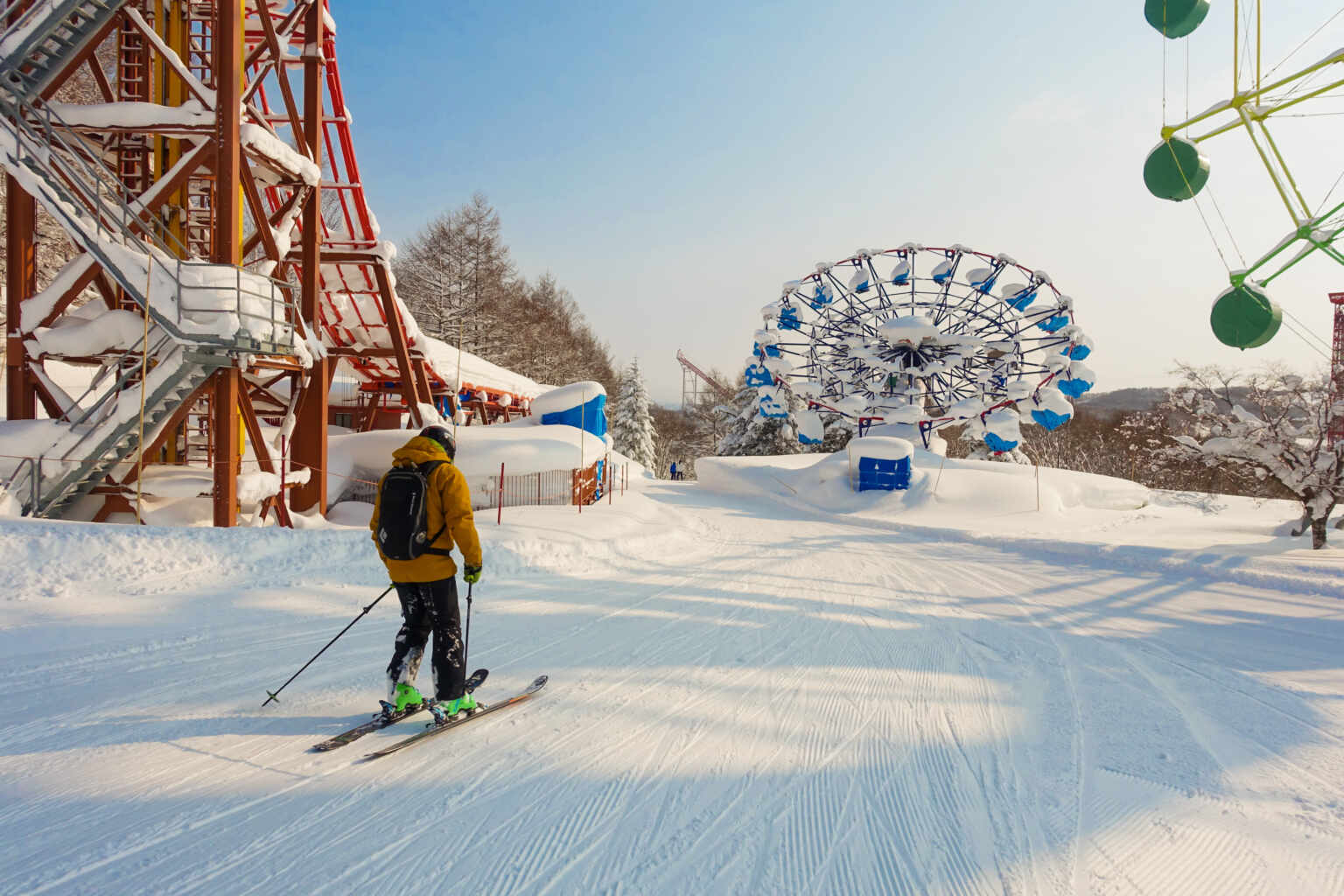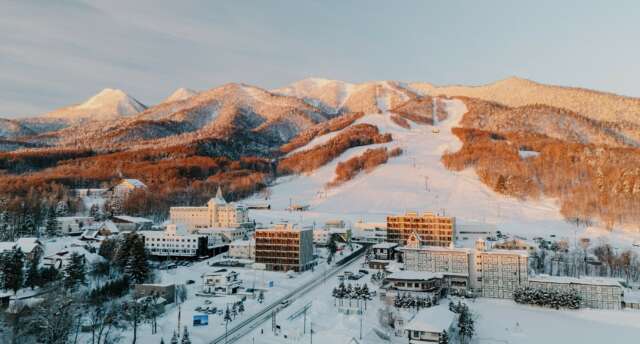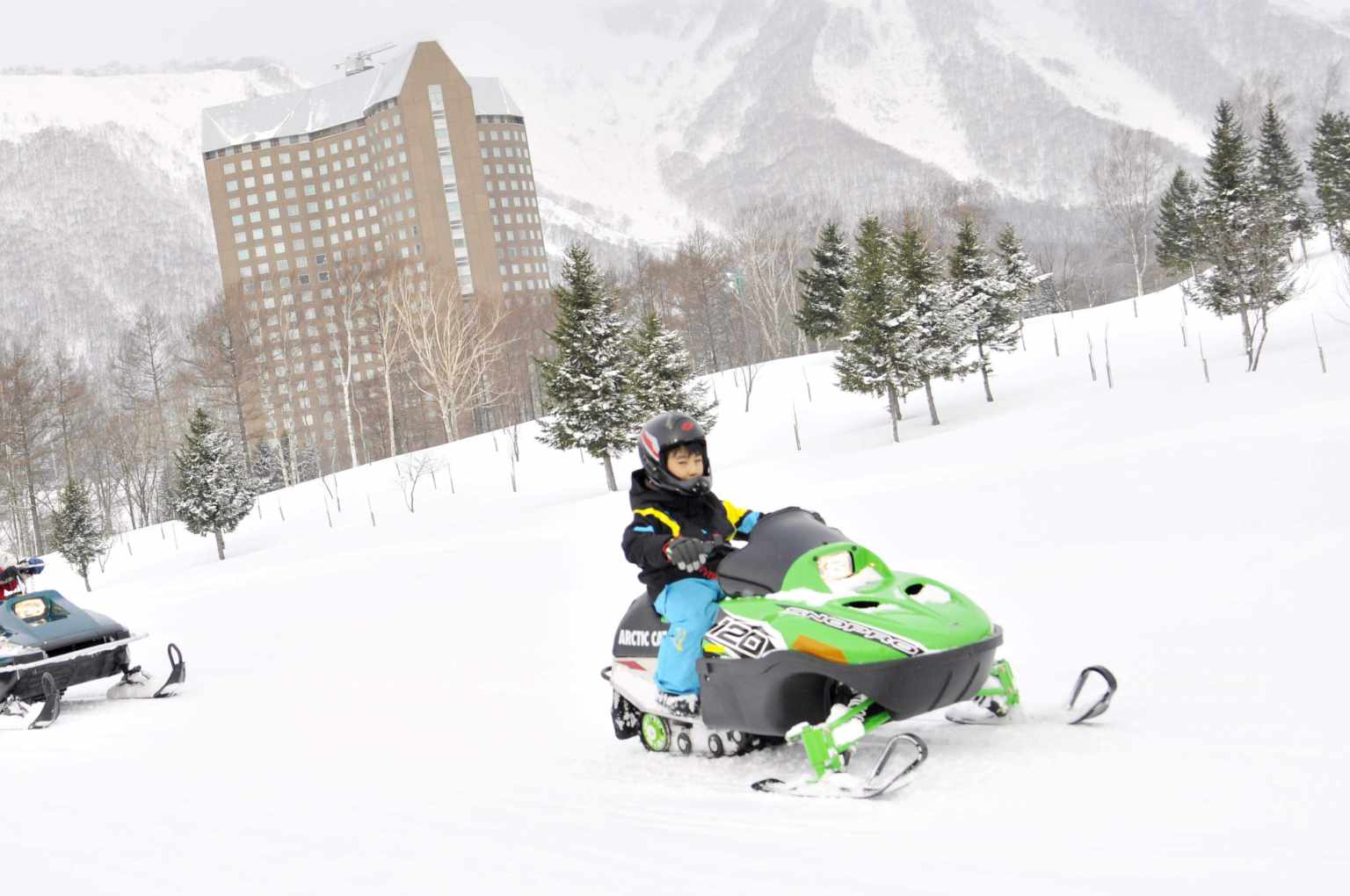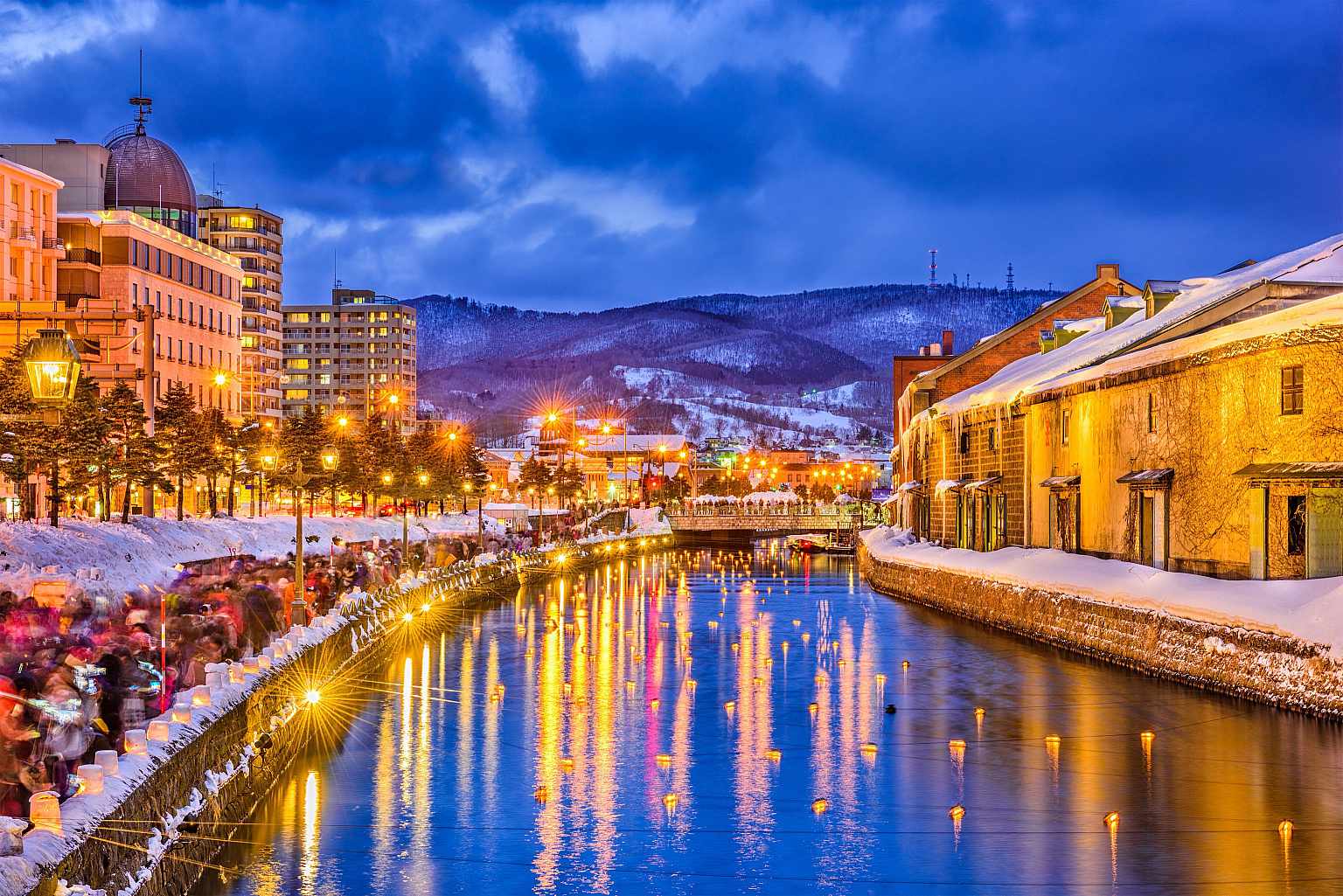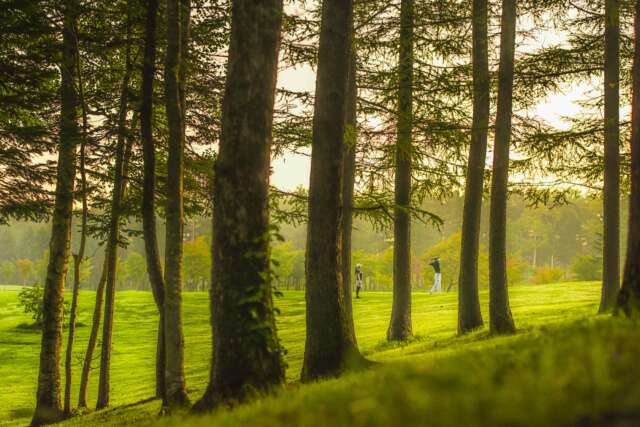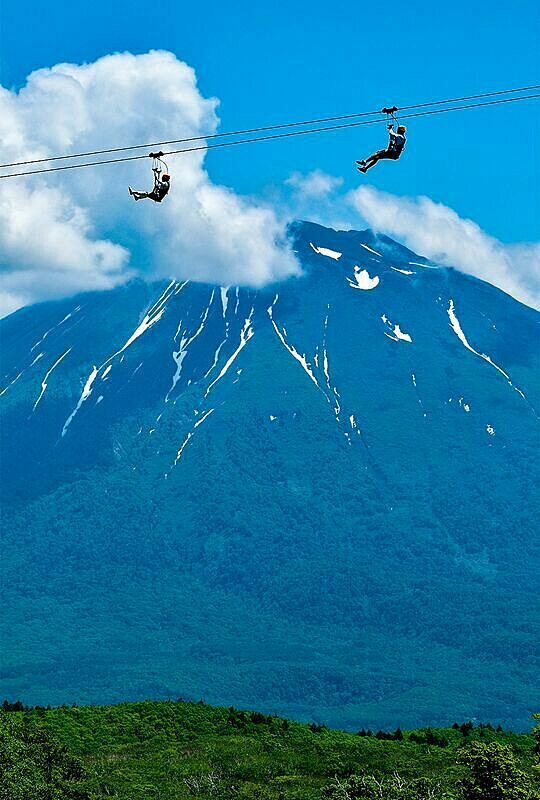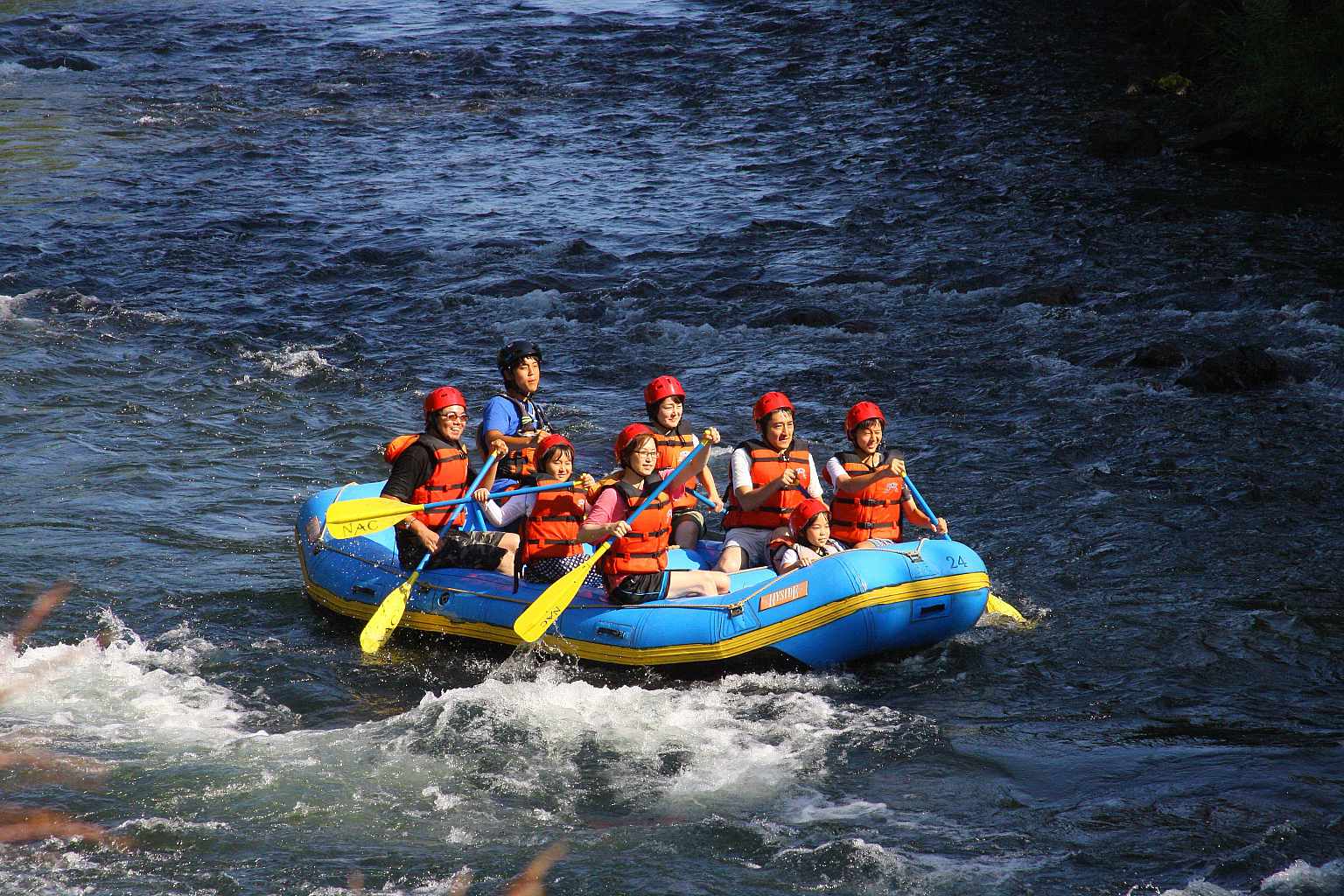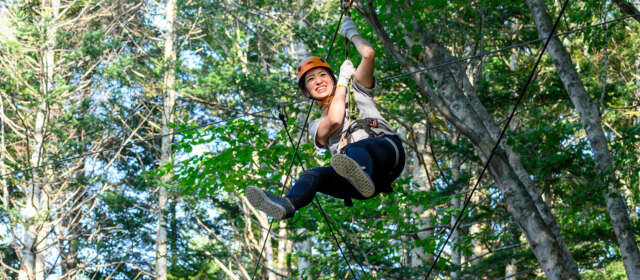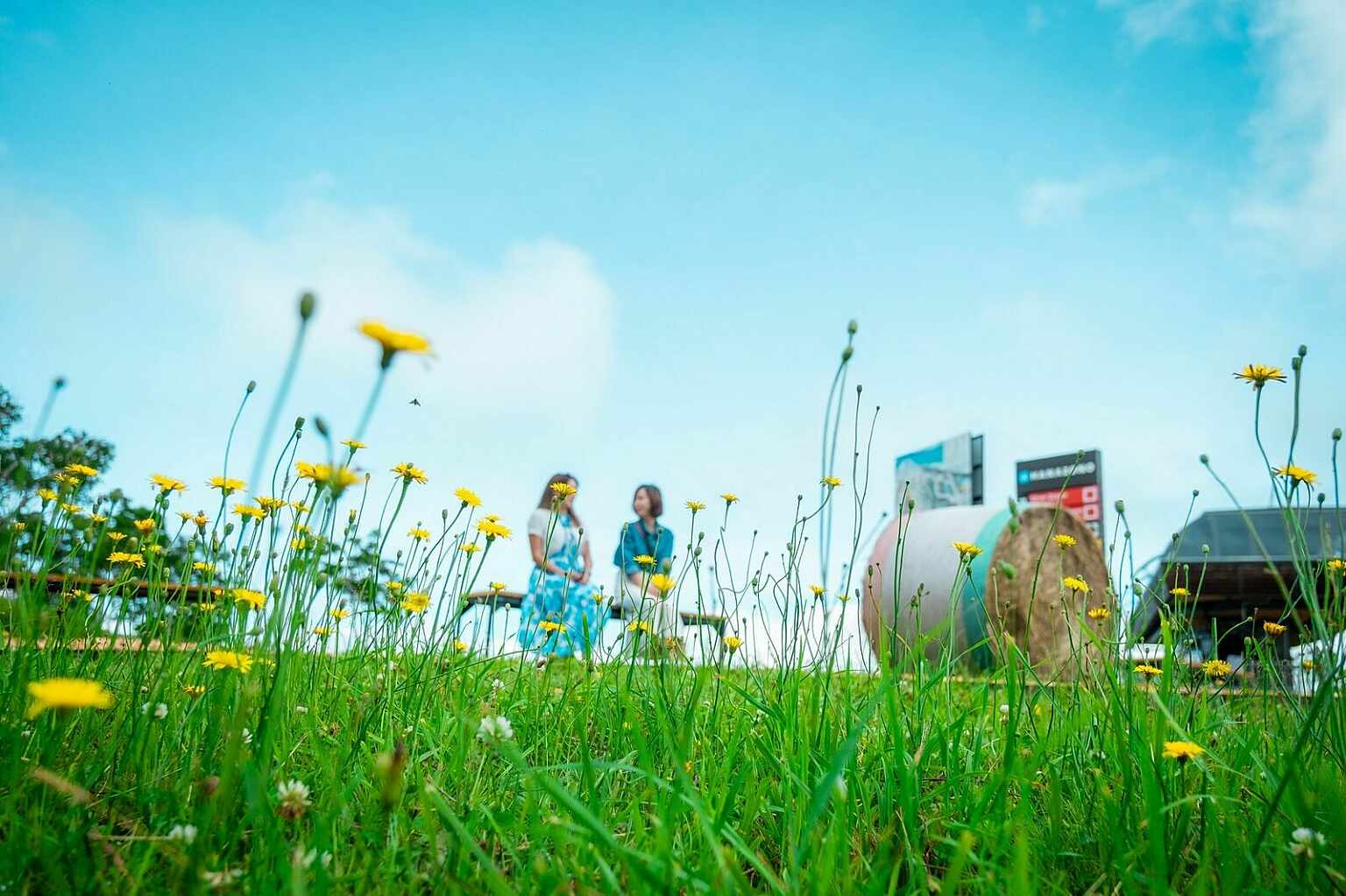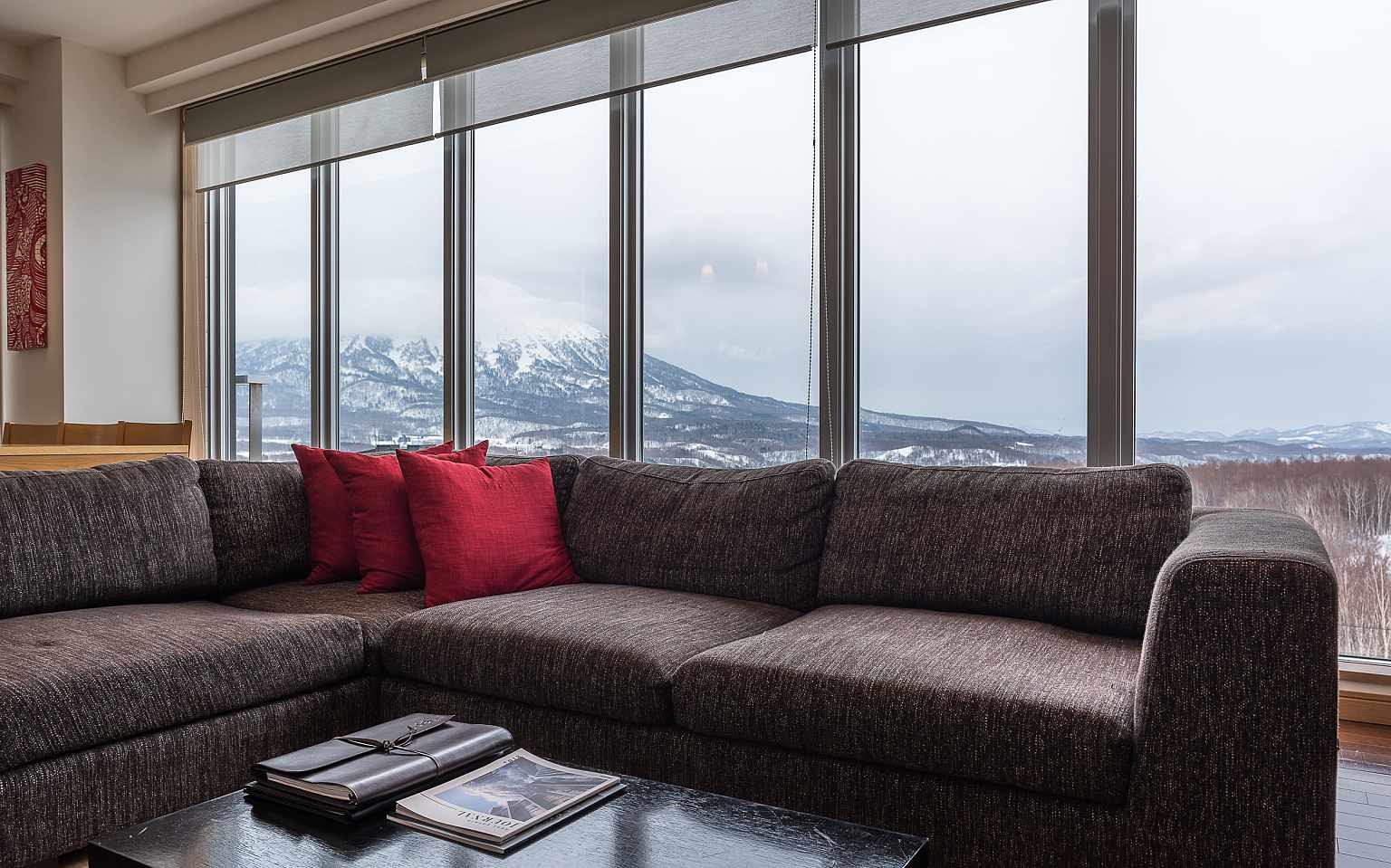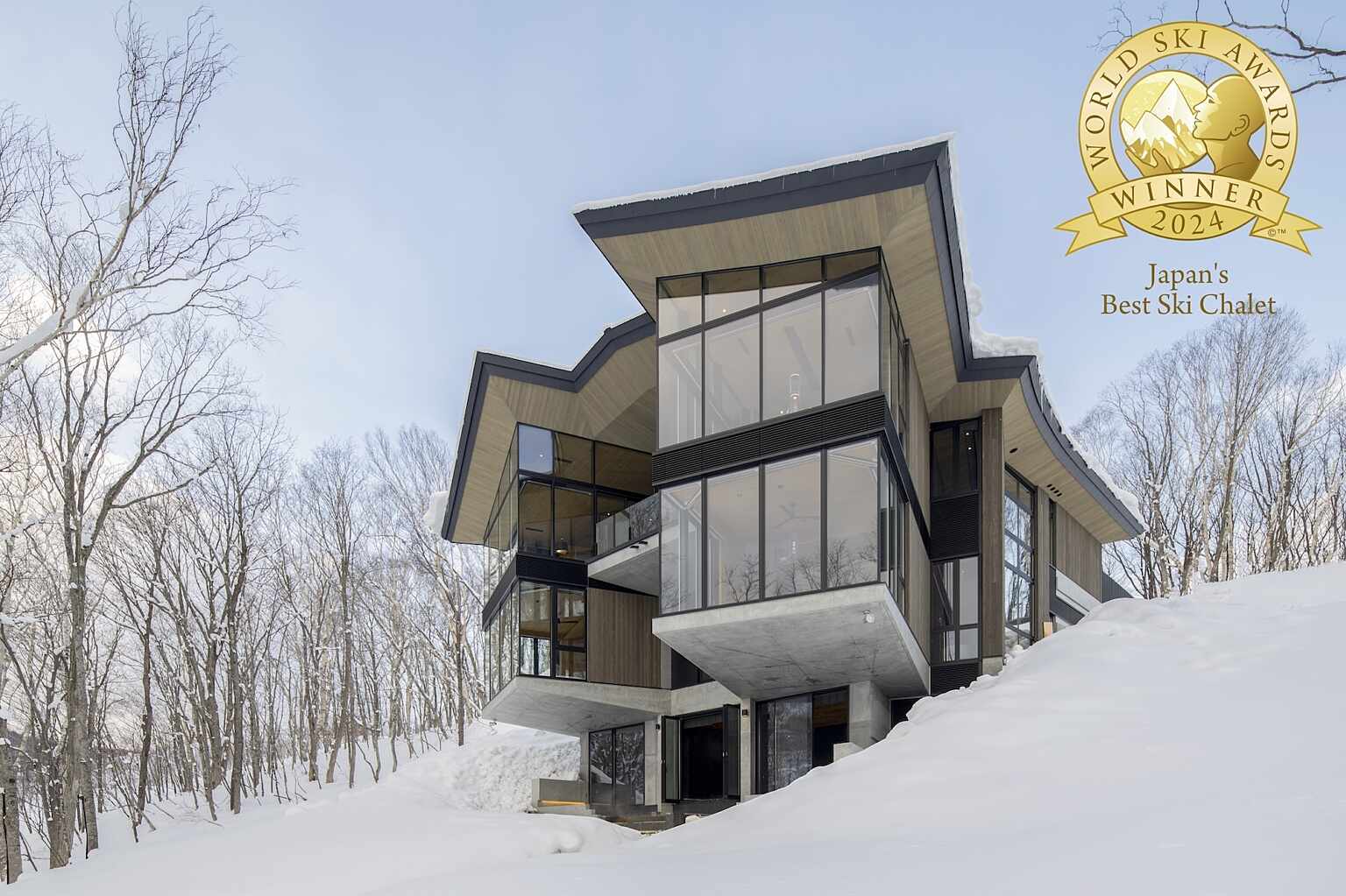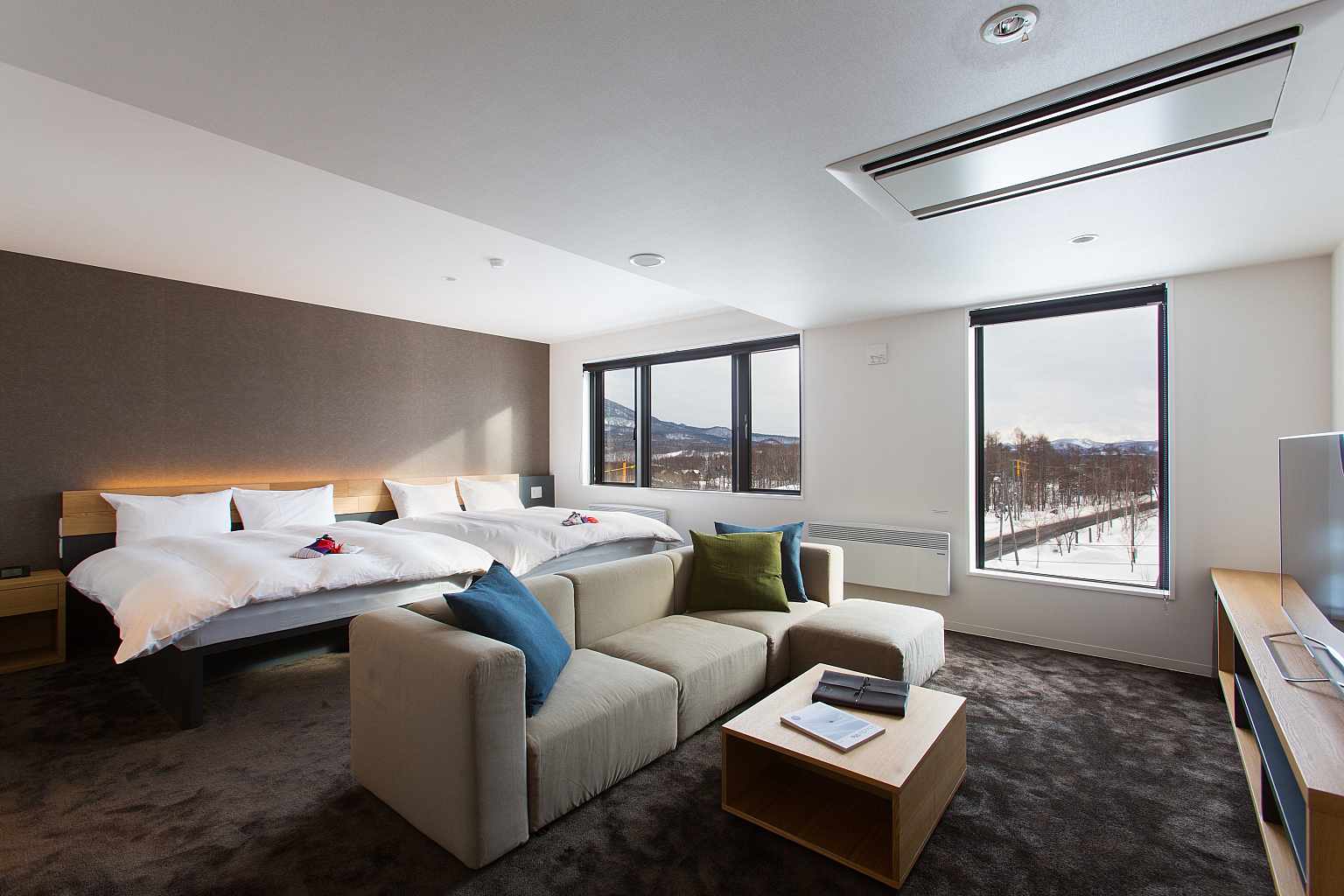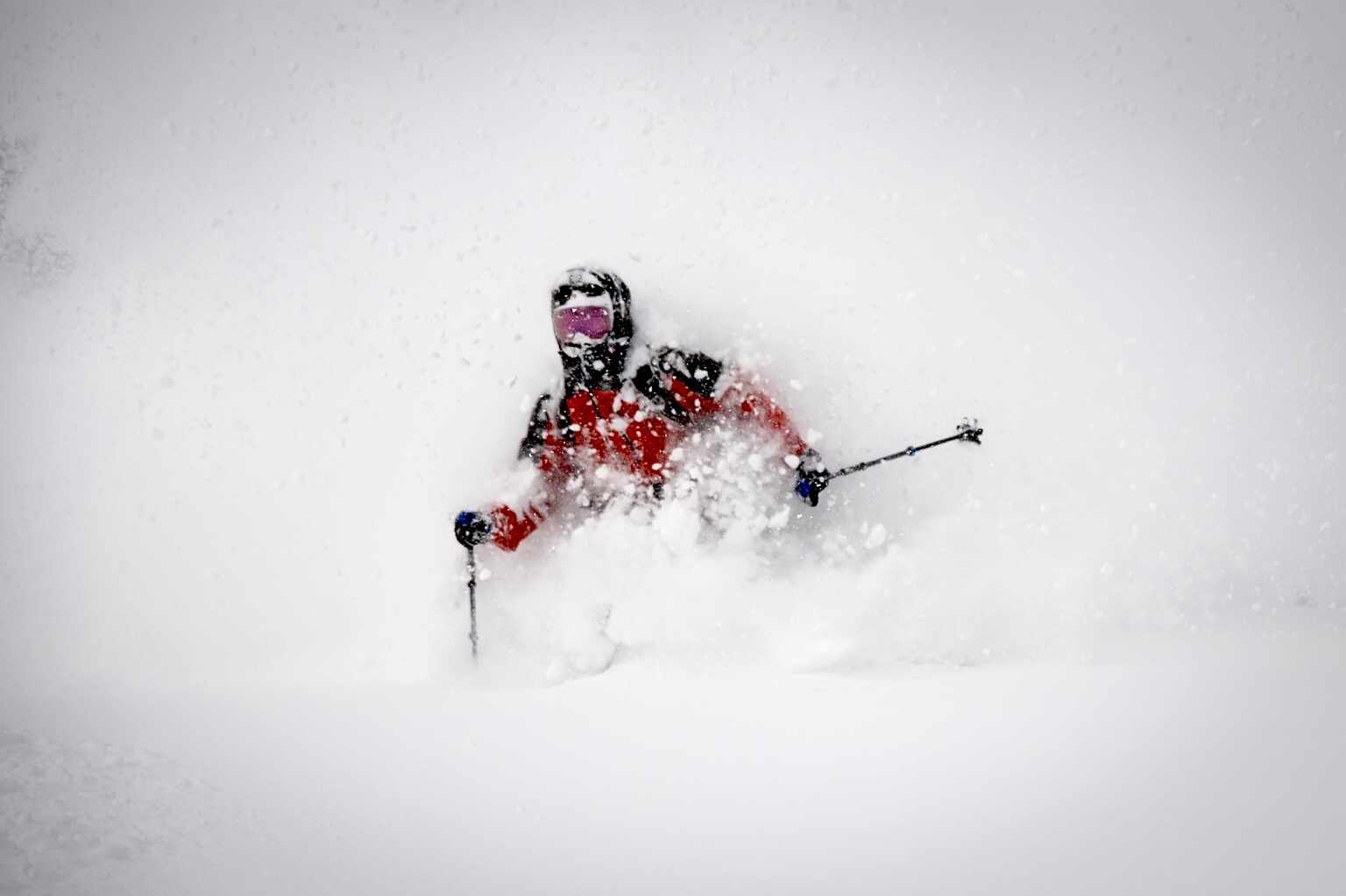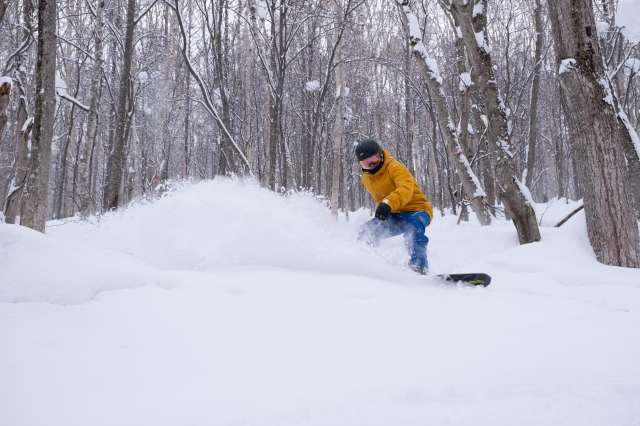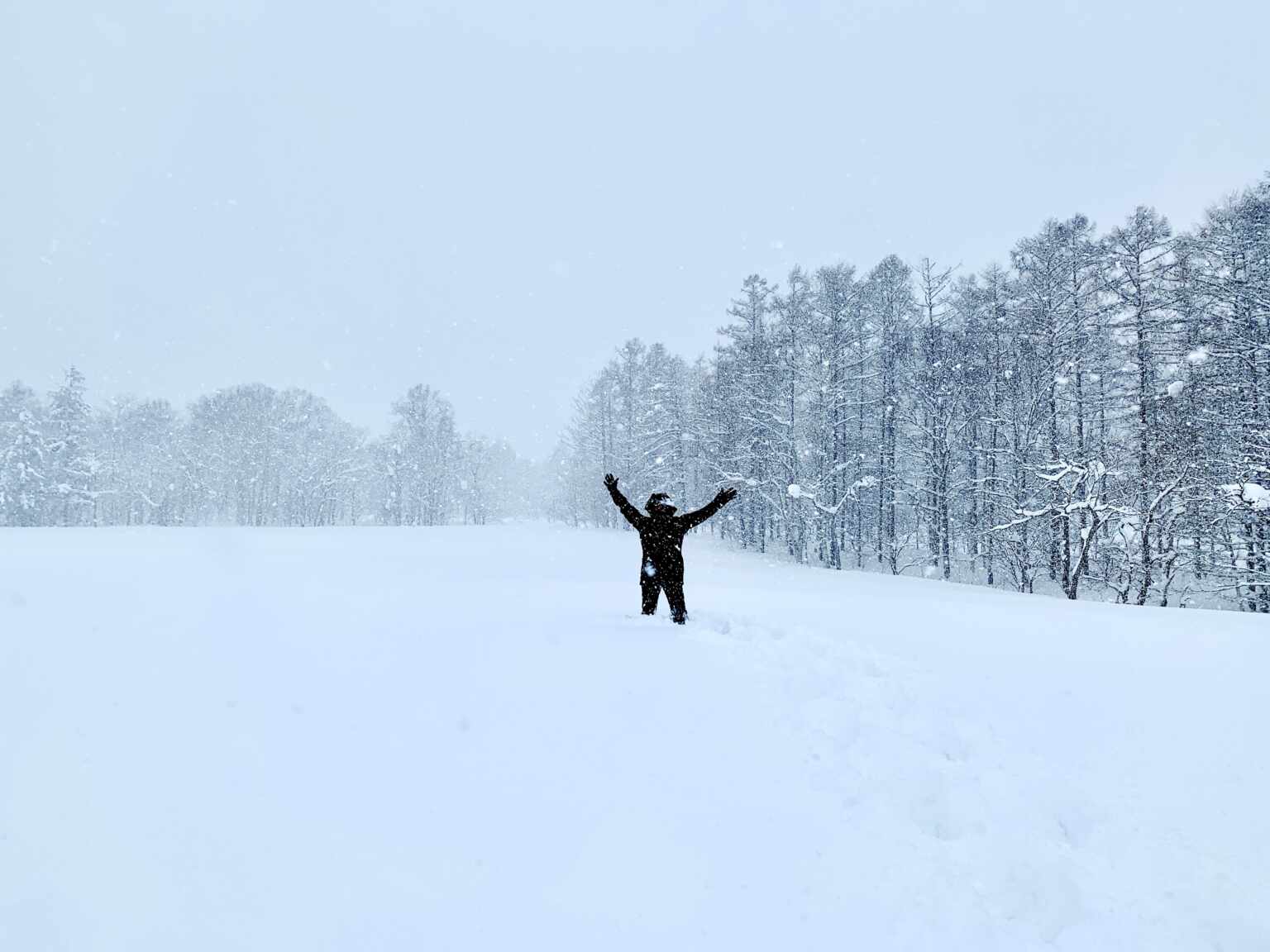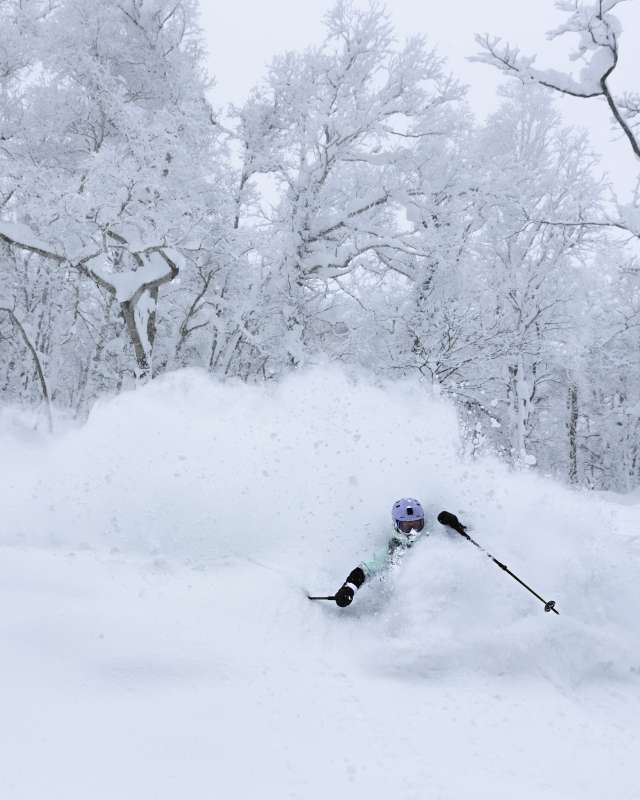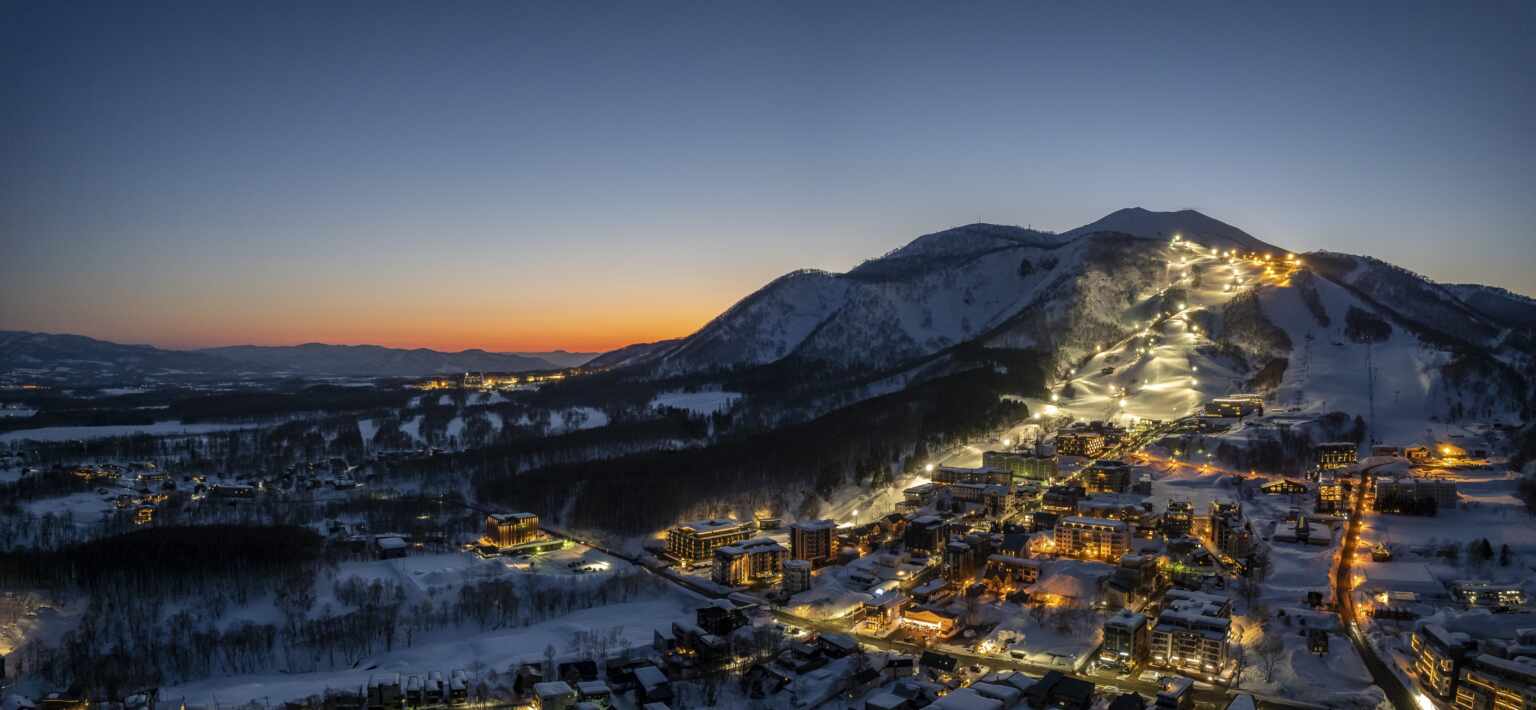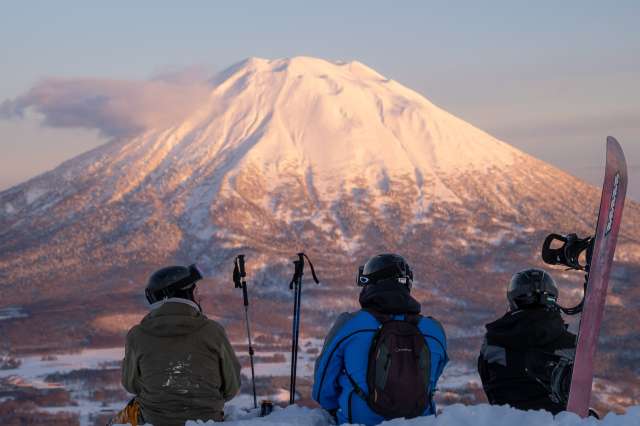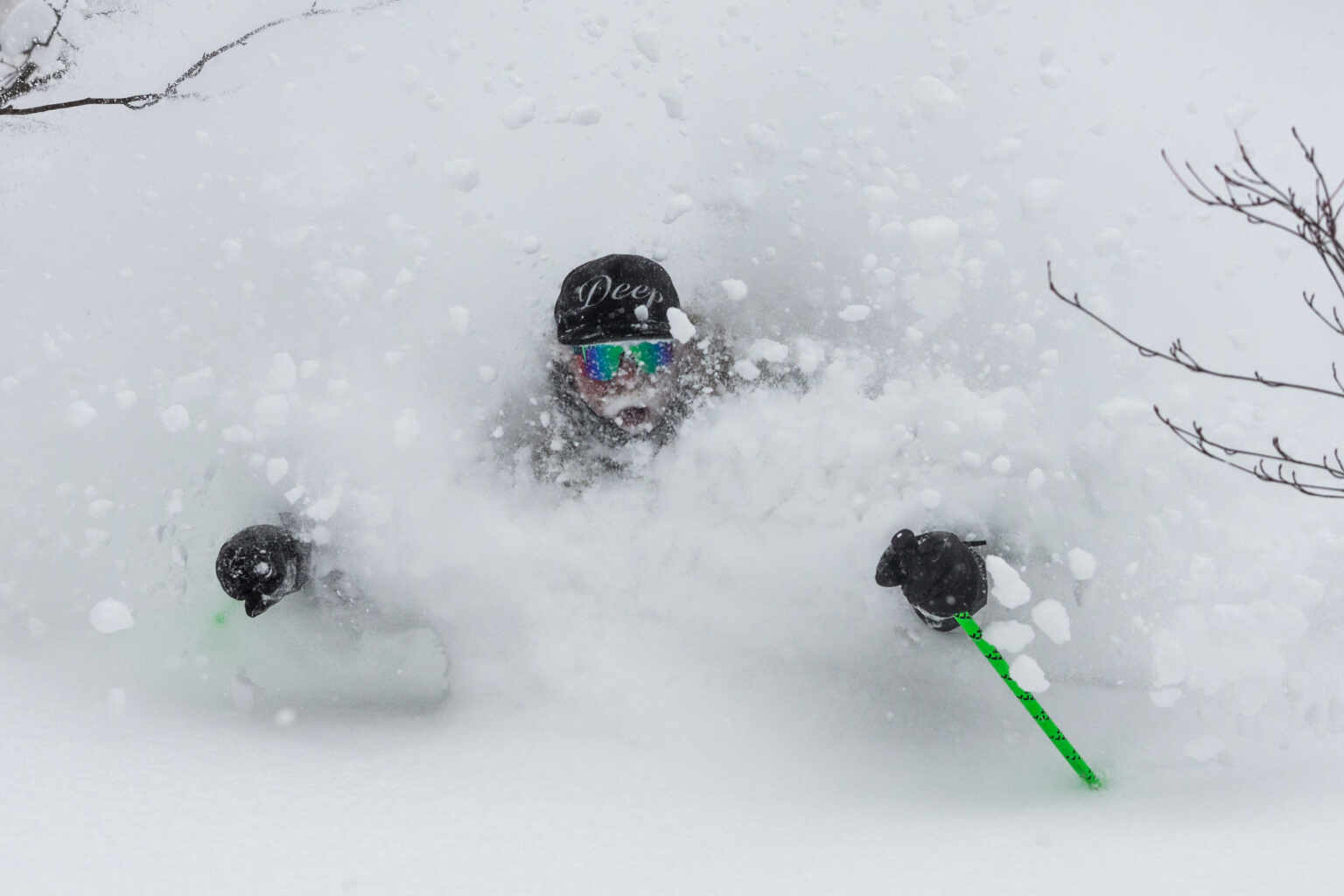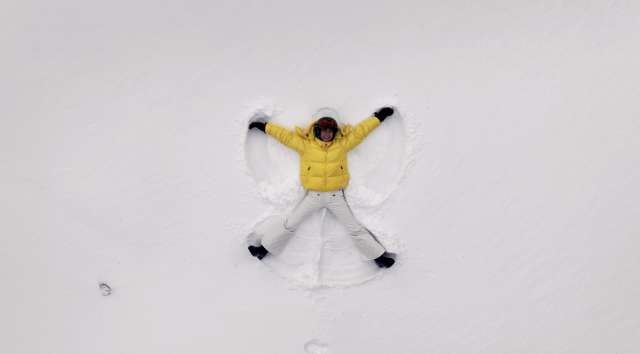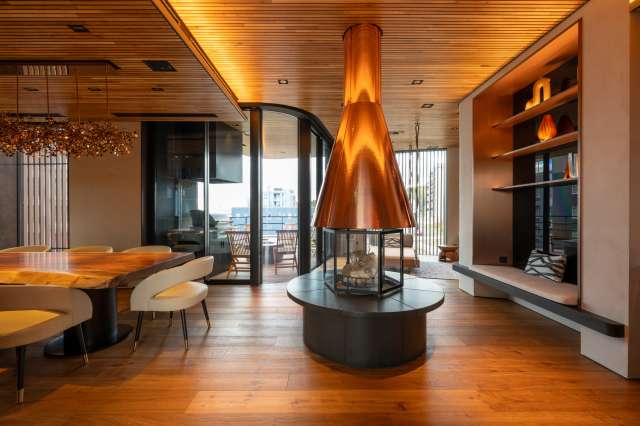
The Countdown to Powder Season Begins
Snow lovers — it’s that time again. As temperatures drop and anticipation builds, the countdown to Niseko’s iconic winter season is officially on.
Whether you’ve already secured your stay with NISADE | The Luxe Nomad or are still sketching out your ideal ski itinerary, knowing what to expect from the 2025–26 snow season can help you plan for the best runs, deepest powder, and smoothest travel experience possible.
In this guide, we’ll break down Niseko’s snow forecast for winter 2025–26, dive into historical snowfall trends, and share a few insider tips for making the most of your trip — from peak powder periods to the best-value times to visit.
What to Expect This Winter in Niseko
Niseko’s snowfall reputation borders on myth — and for good reason. Each year, this Hokkaido haven consistently delivers world-class powder, averaging over 10 metres of snowfall across the season. Based on early data and long-term climate patterns, the 2025–26 winter is shaping up to be another exceptional year.

Here’s how the season is expected to unfold month by month:
November: The First Flakes
Snow cover begins — expect lighter falls, with regular snow days starting late in the month.
Historical climate data for Niseko show that the snowy period typically starts around late October. Also, early in November, the freezing level is often still high, and rainfall may dominate at lower elevations, so the transition from rain to snow at mid-mountain often occurs this month.
December: Winter Locks In
December marks the true start of Niseko’s snow build-up. Consistent, heavy snowfalls roll in through the month, laying down the deep base that carries through the rest of the season.
Climatologically, this is when cold Siberian air masses begin sweeping across the Sea of Japan. As that air picks up moisture and collides with Hokkaido’s western ranges, it releases vast amounts of dry snow — the beginning of Niseko’s famous “Japow”.
By Christmas, most runs are fully open, and the resort towns of Hirafu, Hanazono, Annupuri, and Niseko Village hum with early-season excitement.
January & February: Peak Powder Season
This is the period powder chasers dream about. January and February bring Niseko’s deepest snowpack, most consistent snow days, and lightest, driest snow.
Average temperatures hover around −2 °C by day and −7 °C at night — ideal for preserving snow quality and building base depth. The “lake-effect” phenomenon (cold Siberian air crossing the Sea of Japan and releasing snow on the western coast) is most active in these months, ensuring nearly constant powder refreshes.
If you’re planning your ski trip primarily for snow conditions, these months are the gold standard. Expect deep runs, excellent tree skiing, and a near-daily rhythm of fresh tracks by morning.
March: Longer Days, Softer Snow
March remains a stellar month for skiing, with abundant snow and slightly warmer weather. While the rate of snowfall begins to taper, the accumulated snowpack stays substantial — often exceeding 3–4 metres.
With more daylight and gentler temperatures, you can enjoy extended ski days and a different texture of snow: soft and buttery in the afternoon, crisp in the morning.
This is also a great month for families, first-timers, and anyone seeking a more relaxed atmosphere on the slopes.
April: Spring Skiing
By April, Niseko eases into spring, though plenty of snow remains at higher elevations. Fresh snowfall becomes much less frequent, but the base remains strong. Conditions transition toward classic spring snow — firm in the morning, soft by afternoon — perfect for cruisy, sunlit sessions.
It’s also a time when savvy travellers find fewer crowds and better value on accommodation.
This year, Niseko Tokyu Grand HIRAFU and Niseko Annupuri International Ski Area are scheduled to remain open until May 6, 2026, extending the opportunity for spring skiing well into Japan’s Golden Week holidays — and even offering the rare chance to see Hokkaido’s cherry blossoms and snow on the same trip.
.jpg)
When does Niseko United open? Dates are here for the 2025/26 season!
When does the Niseko ski season start? Opening dates for 2025/26 season for Niseko United resorts have been announced!
Read MoreHistorical Snowfall in Niseko: A Powder Legacy
Niseko’s reputation as one of the snowiest places on Earth isn’t folklore — it’s backed by data.
Over the past decade, Niseko has consistently recorded 10 to 15m of annual snowfall at village level. In peak months, snow depth can reach 200–300cm in January and up to 400cm in February.
For context, here’s how Niseko has stacked up against Hakuba in recent years:
| Season | Niseko (approx.) | Hakuba (approx.) |
|---|---|---|
| 2024–25 | 1,283cm | 782cm |
| 2023–24 | 1,190cm | 561cm |
| 2022–23 | ~1,400cm | 444cm |
| 2021–22 | 1,135cm | 584cm |
| 2020–21 | 1,210cm | 420cm |
Even in years of moderate snowfall elsewhere in Japan, Niseko’s geography ensures a consistent blanket of deep, dry powder.
Why Niseko Gets So Much Snow: The Science Behind the Powder
If you’ve ever wondered what makes Niseko’s snow so exceptional — that ultra-light, champagne-powder texture that skiers and snowboarders chase from across the globe — the answer lies in a perfect combination of geography, ocean currents, and atmospheric flow.
1. The Siberian High & Sea of Japan Effect
Every winter, a massive high-pressure system forms over Siberia. As frigid, dry air moves eastward over the comparatively warmer Sea of Japan, it picks up moisture.
When that air hits the mountains of western Hokkaido, the moisture cools and falls as fine, dry snow — the essence of “Japow”. This process repeats for months, producing consistent, fluffy snowfalls and few rain events.
Why it matters: This mechanism is strongest from December through February, which explains Niseko’s near-perfect reliability during those months.
2. Low-Pressure Systems from the Northwest Pacific
Occasionally, strong low-pressure systems sweep across northern Japan, bringing multi-day snowstorms and impressive accumulations. Locals call this the “NW flow” — when you hear that term, it usually means a powder reset is imminent.
3. Temperature & Freezing-Level Fluctuations
Niseko sits at around 300 metres above sea level in the village and rises to about 1,200 metres at the summit. This elevation range means even slight shifts in freezing level can change the type of snow you’ll find.
When the freezing level drops below 500 m (common from mid-December through February), snow falls light and dry; if it rises above 800 m, expect heavier, wetter snow at the base.
4. Mountain Orientation & Microclimates
The Niseko United resort area — encompassing Grand Hirafu, Hanazono, Niseko Village, and Annupuri — benefits from its southwest-facing slopes that directly catch incoming storms. These aspects, combined with local wind patterns, mean Hirafu and Annupuri often see the heaviest snowfall totals, while Niseko Village may experience marginally lighter snow due to wind shadowing.
For skiers, that means plenty of variety: powder-filled tree runs, wide-open bowls, and natural half-pipes shaped by wind and snowfall.
5. Seasonal Climate Patterns (El Niño / La Niña)
Broader climate cycles like El Niño and La Niña can influence how snowy or mild a winter may be in northern Japan.
- La Niña years typically bring colder, snowier winters.
- El Niño years can bring milder, slightly drier conditions, though Niseko still receives ample snow thanks to local geography.
As of late 2025, meteorologists suggest a neutral-to-weak La Niña phase may emerge — a good sign for those hoping for above-average snowfall.
Tips for Guests (and Soon-to-Be Guests) Staying with NISADE
Whether you’re a familiar face or a first-timer, a few simple tips can help you make the most of your Niseko adventure.
1. Stay Close to the Slopes
Many NISADE properties feature ski-in/ski-out access or panoramic mountain views — ideal for catching first tracks after an overnight snowfall.
2. Pack Smart
Waterproof outerwear, insulated gloves, snow boots, and moisture-wicking layers are essentials. Niseko nights can dip below −10 °C, and wind chill can make it feel even colder.
3. Plan Transfers in Advance
Snowfall this deep is both beautiful and unpredictable. To avoid travel stress, arrange airport transfers and local transport early — our concierge team can assist with seamless door-to-door service.
4. Chase the Snow
Keep an eye on the latest snow forecasts and radar maps. Align your ski days with incoming storms for the freshest powder, or explore nearby onsens and restaurants when visibility drops.
5. Ask Our Local Experts
From lift passes and gear rental to dining recommendations and off-piste tours, our on-site teams are here to help. Think of them as your personal winter guides — fluent in both Niseko’s terrain and its rhythm.
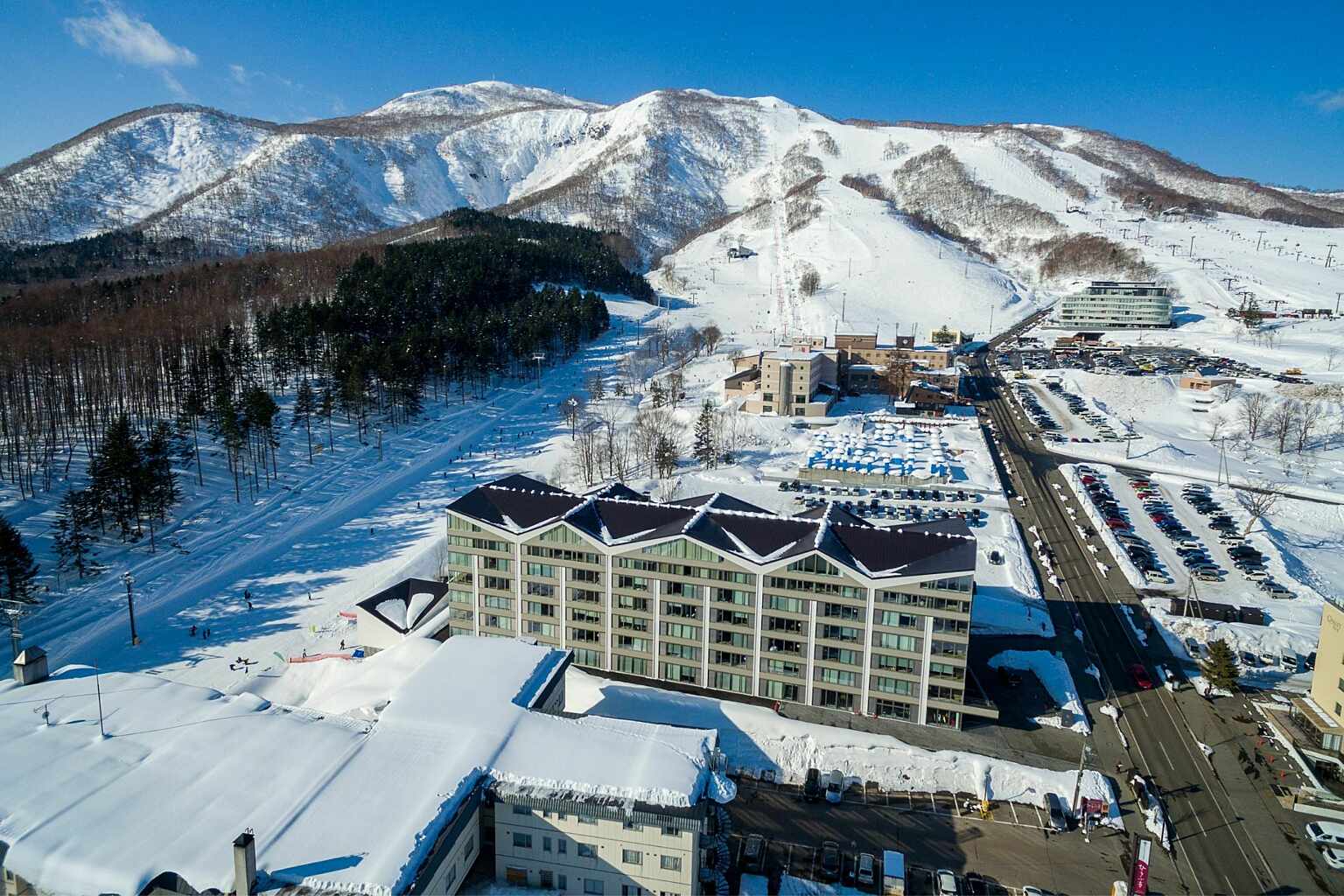
Stay Updated — Real-Time Snow Reports
Want to follow Niseko’s snow as it happens? Stay tuned through:
- Instagram: @nisadejapan for the latest updates and snow inspirations.
- NISADE Blog: Seasonal reports, travel inspiration, and insider guides.
- Snow Data:
Let It Snow
The 2025–26 Niseko winter season is set to deliver everything powder lovers dream of — abundant snow, crisp mountain air, and that unmistakable energy that sweeps across Hokkaido each year.
Whether you’re carving your first turns or your hundredth, staying slopeside with NISADE | The Luxe Nomad ensures you’ll experience Niseko at its best — effortless access, warm hospitality, and all the local knowledge to make your stay unforgettable.
Ready to plan your trip?
Explore our latest accommodation offers, follow our snow updates, and get ready to carve your own line through Niseko’s world-famous powder.

Pimsiri Kanjanakaroon
Pimsiri works as our Japan Assistant Marketing Manager and has been part of the team since winter 2018. While she enjoys shredding powder snow, she finds herself slightly more drawn to spending time outdoors during the green season.
Tags
More Articles


Chalet Review: Song Saa
